Considering A New Electric Car? You're Not Alone originally appeared on Autoblog.
Although sales declined in June, demand is expected to surge. Here’s why.
You might think that electric vehicle (EV) sales are sinking. After all, sales were down 1.4% in June, or a decline of 3.5% on a year-over-year basis. Then, there’s the fact that the federal EV tax credit, which totals $7,500 for new EVs and $4,000 for used EVs, is set to expire on September 30, 2025. This and other reversals in EV policy, including the halt of the unspent government funds for building EV charging stations and the repeal of government targets for EV market share by 2030, have led to the perception that EV demand is waning.

“The year-over-year decline in Q2 was only the third decline on record, and a sign of a more mature market," said Stephanie Valdez Streaty, senior analyst at Cox Automotive. "With government-backed incentives set to end in September and economic pressures mounting, the second half of the year will be a critical test of EV demand."
Despite June’s dip, EV market share rose to 8%, up from 6.9% in May. In the first half of 2025, dealers sold a record 607,089 EVs, representing a 1.5% year-over-year increase, according to Cox Automotive. “Q3 will likely be a record, followed by a collapse in Q4, as the electric vehicle market adjusts to its new reality,” Streaty said.
Incentives are high, and so is inventory
The dip in EV sales came as incentives have never been higher. Cox states that in June, average EV incentives reached an all-time high of 14.8% or nearly $8,500. That's more than twice the incentive level offered on conventionally-powered vehicles, with an average transaction price for a new EV of $56,910. However, the EV market's attractiveness is changing as Q3 begins, thanks to a stroke of the pen at the White House. On October 1, the government-sponsored tax breaks of up to $7,500 for eligible new EV sales will end.
Additionally, the well-known "leasing loophole," which significantly increased the number of qualified sales, is also dead. This should contribute to a surge in EV sales during the next few weeks. Cox expects EV market share to expand to 8.5% by year’s end, down from the 10% share previously expected.

Still, the threat of disappearing government EV subsidies should bring EV intenders off the bench and into dealer showrooms in an effort to beat the deadline. When they do, they will find a good choice of vehicles to choose from, if inventory numbers are any indication. Cox reports that the days’ supply of EVs rose 9.9% month over month in June to 125 days. While that remains 14.8% lower than the same period last year, it’s the third consecutive month that dealer EV inventory has outpaced internal combustion engine vehicle inventory by more than 30 days. A 60-day supply is considered ideal.
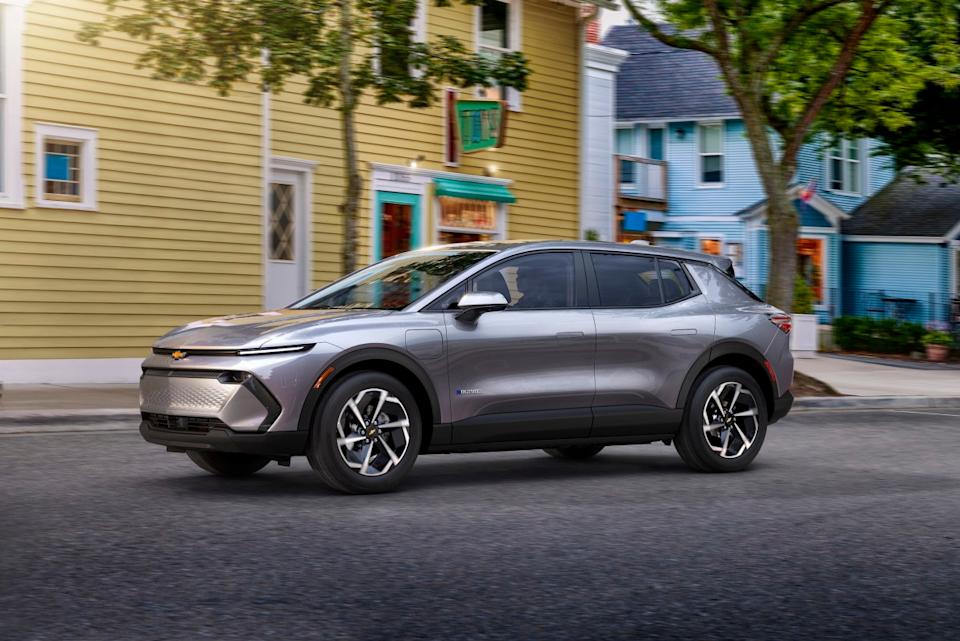
As a result, there are some tempting deals. The Chevrolet Equinox EV, which starts at $34,995, comes with 0% financing for 60 months. Add the federal tax credit, and it starts at $27,495 before options and destination charge. Or how about the Subaru Solterra EV, built by Toyota, which can be yours on a 24-month lease for $299 a month for 36 months with $299 down. Then there’s the Honda Prologue EV. Like the Chevy, it’s offered with 0% financing for 60 months, and is eligible for the full federal tax credit.
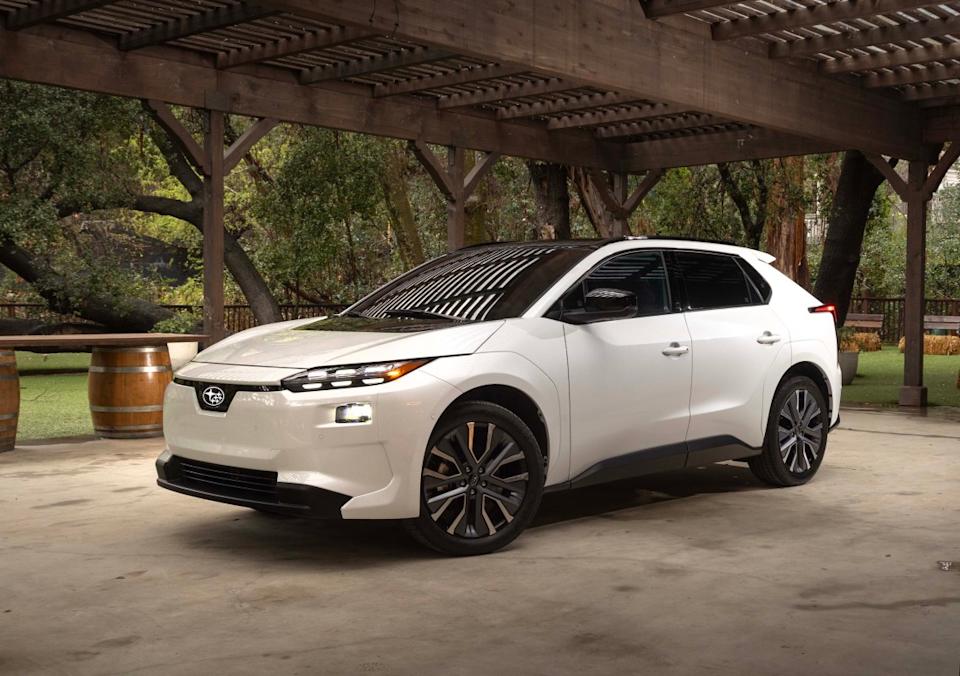
Used EVs are a different story
In contrast, the used EV inventory, eligible for $4,000 federal tax credit, is tight at 41 days, 9.9% below year-ago levels and close to that of internal combustion engine vehicles. However, the days’ supply of used EVs varies depending on which model you’re considering. Tesla has the lowest days’ supply of EVs at just 33 days, while GMC has the most with a 74-day supply. The average listing price for a used EV in June was $36,046, up a slight 0.3% month-over-month and 3.6% year-over-year.
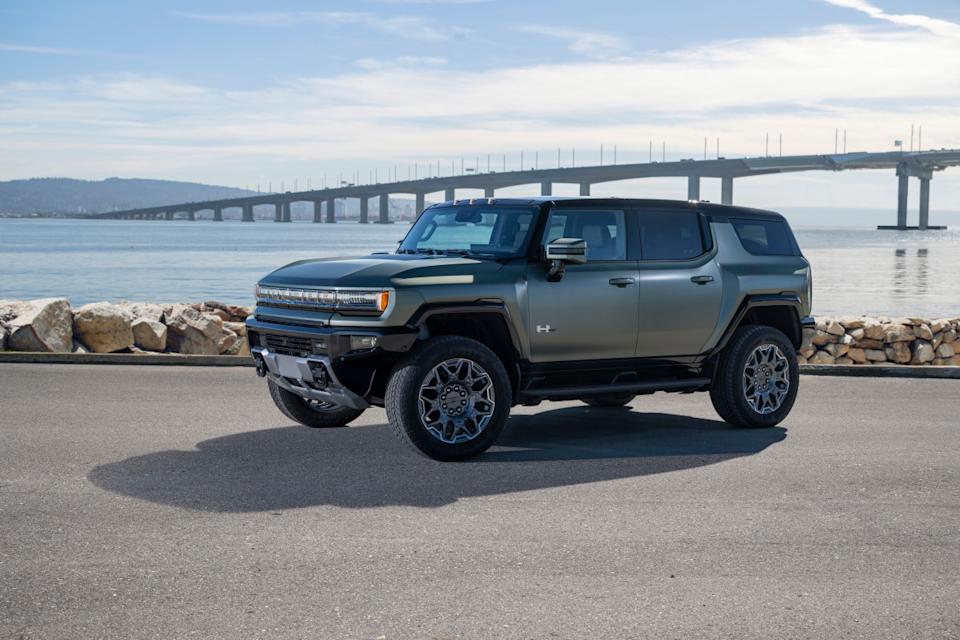
The lack of used EVs comes down to a simple metric: affordability. Consider that 43% of used EVs sold boast a list price of less than $25,000. This includes the Tesla Model 3, averaging $22,998, and the Model Y, averaging $29,111, which top the used EV sales charts.
Final thoughts
Given that the Inflation Reduction Act's federal EV tax credit is scheduled to expire at the end of September, there will likely be a flurry of enticing EV offers in the coming months, providing buyers with a crucial opportunity. It also marks a market pivot point, one where demand will become market-driven rather than subsidy-driven. This makes the outlook favorable for more affordable EVs, such as the Chevrolet Equinox EV and Nissan Leaf.
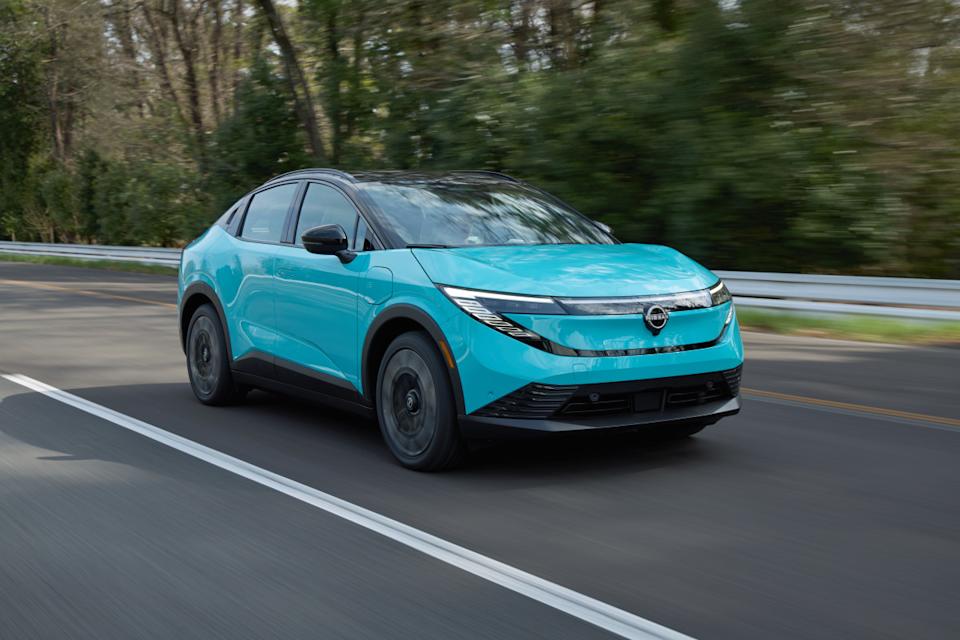
That said, the outlook for Q4 is anyone’s guess. With government incentives disappearing and the impact of tariffs finally reaching consumers, it remains to be seen if the transition to a battery-electric future maintains its pace. Meanwhile, China will continue its push to electrify its own market as well as the rest of the world. Given that 3 million EVs were sold in China in the first half of 2025 as EV exports grew, the American market may become an outlier in the global automotive world.
Considering A New Electric Car? You're Not Alone first appeared on Autoblog on Aug 7, 2025
This story was originally reported by Autoblog on Aug 7, 2025, where it first appeared.
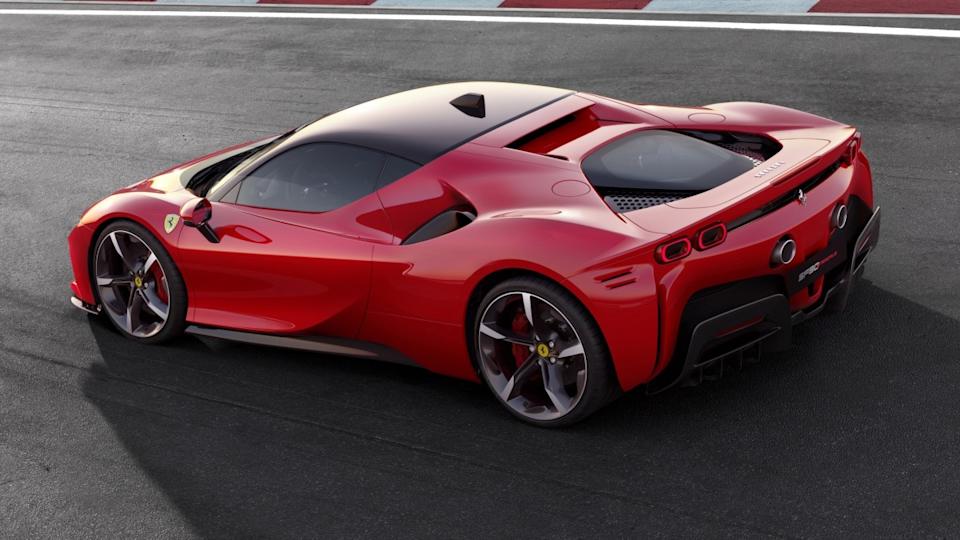
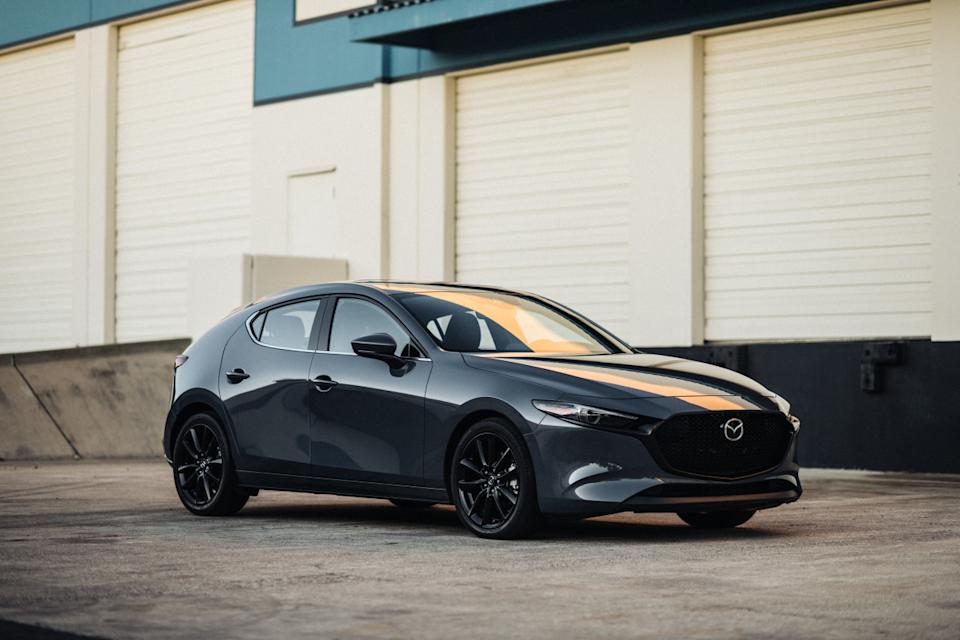
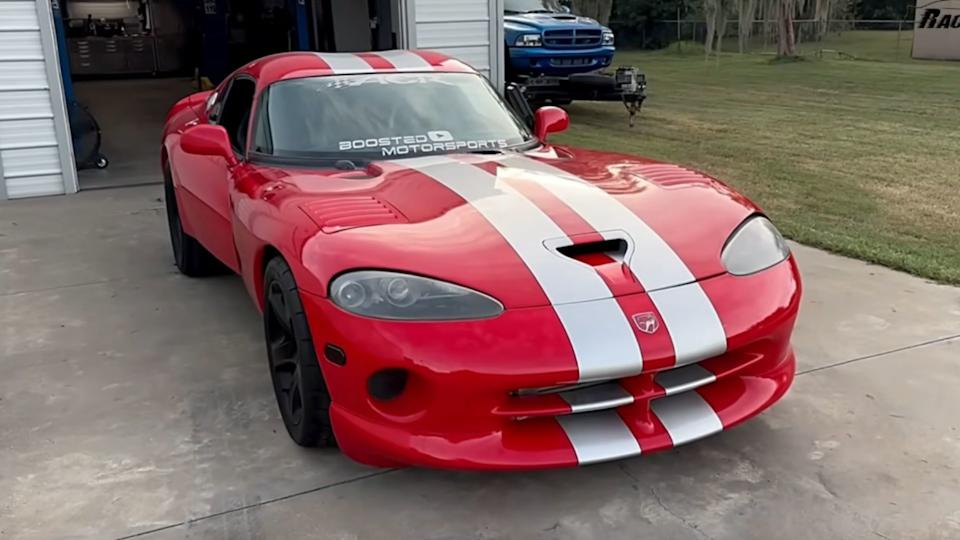
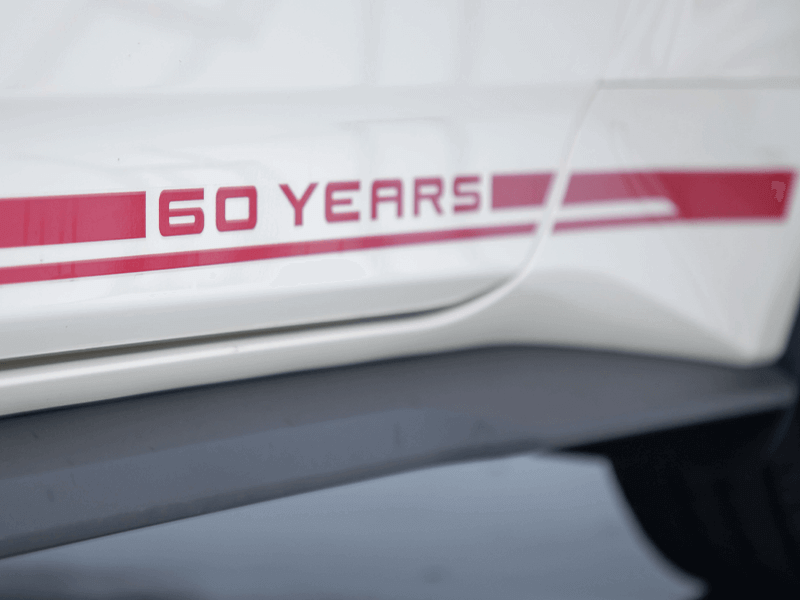
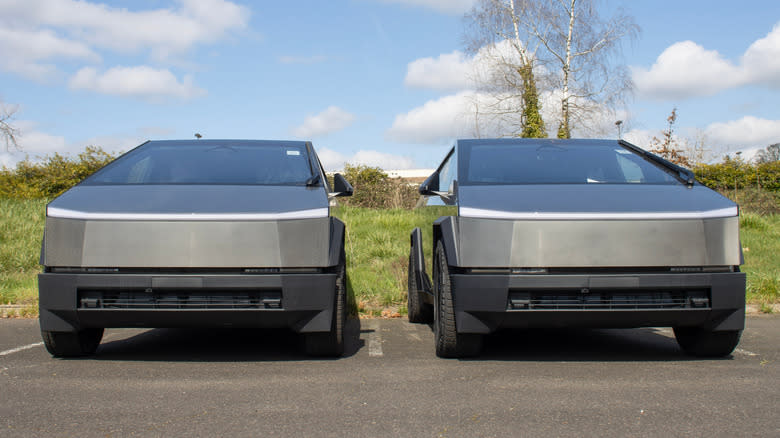



Comments